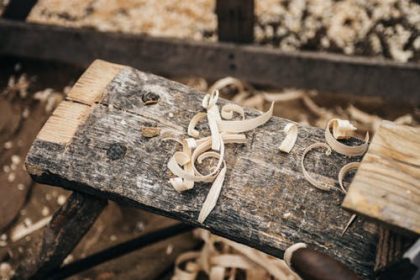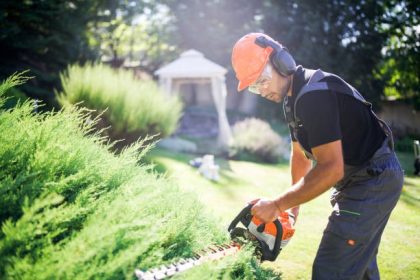Whether you live near a river or a floodplain, the fundamental truth is that all basements have a propensity for flooding. Water flows down from the high ground, which means that your basement may become a swimming pool under some conditions.
It is often just rapid rainfall that can soak the ground near the basement, and with an overloaded waterproofing system, the water can seep through gaps in the foundations of your home. Your basement should be waterproofed effectively by an expert who utilizes tar sealant. Additionally, it should have a “weeping tile” that directs water away from your basement and toward a local sewage system.
What to Do After Basement Floods
To minimize financial loss, you must act quickly. Mold growth is more likely if water lingers in the region for an extended period. To keep costs down, perform the following steps.
Remove Water
Remove any remaining water as quickly as feasible. Typically, a few inches of standing water may be removed with a wet vac. If you do not already own a wet vac, consider purchasing, borrowing, or renting one.
Significant water damage may need the services of a professional. If the damage is slight, you can use towels to absorb the water, but they should be cleaned and dried soon to avoid mold growth.
Dry It Out
Utilize dehumidifiers and fans to circulate air, therefore preventing the formation of mold and mildew. Dehumidifiers should be kept at least six to eight inches away from walls to ensure proper air circulation.
Once a week or so, clean and wash their filters to ensure the fan operates appropriately. Continuously run your air conditioner. Discard any moist boxes. Visit a restoration company’s website like puroclean.ca to get more details.
Scrub Flooring
Scrub hard surfaces with a solution of no more than one cup of chlorine bleach and one-gallon water. Ensure you’re protecting yourself with rubber gloves and goggles throughout the procedure and keep the area properly ventilated.
Examine and Clear Gutters
Put on your rubber gloves and inspect the steps and drains in your basement. Remove any leaves, twigs, or dirt.
Remove the drain screen and thoroughly clean it; clear the drain with a plunger or plumber’s snake if required. Clean out the gutters and downspouts on the exterior of the home. Contact a restoration company for flood cleanup.
Freeze Your Assets
If you notice that precious documents or beloved papers have become moist, you can instantly place them in the freezer. This will likely halt mildew development and degeneration until you have time to address them later.
Decide to keep nothing valuable in the basement and use concrete blocks to keep belongings off the floor. When used in the basement, plastic storage bins are significantly superior to cardboard boxes.
Prevent Mold
Mold is a problem that extends beyond the physical harm to your house and possessions. It is a significant risk to your and your family’s health. Prevent this by disinfecting the walls.
Purchase Pine Oil and Clorox Bleach. Determine the bleach dilution rate and proceed by using a pump spray to apply the solution to all floors and walls up to and including the areas where the moisture meter indicates it is wet. Click here to get additional information.





